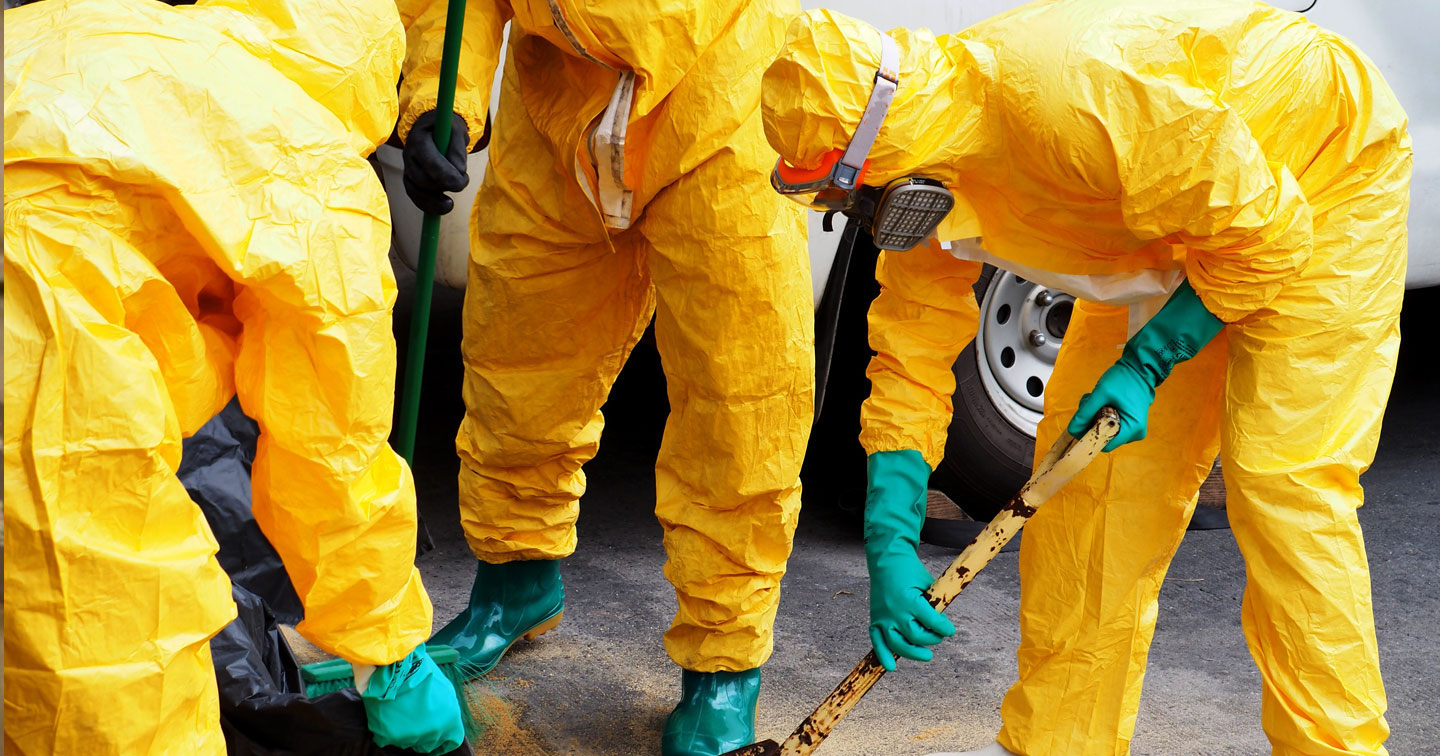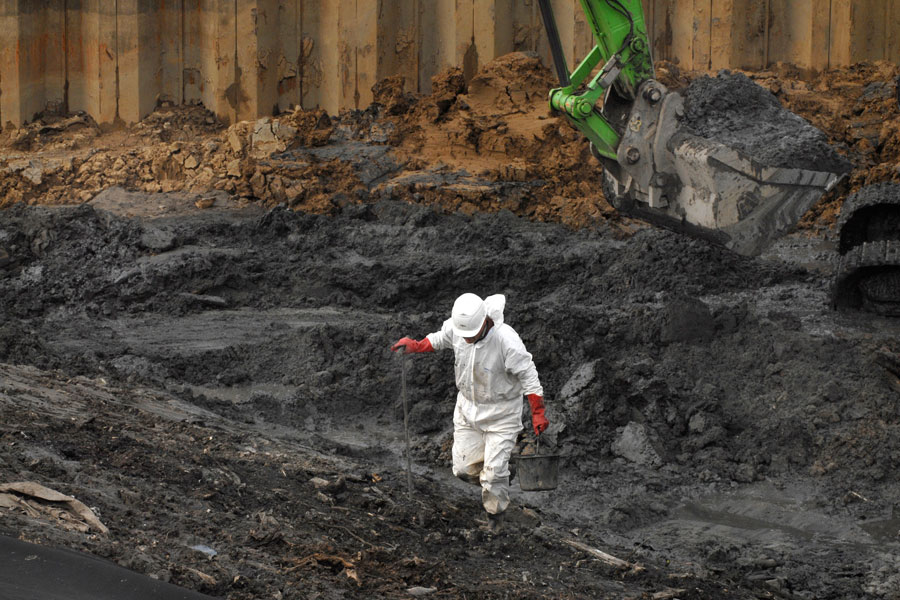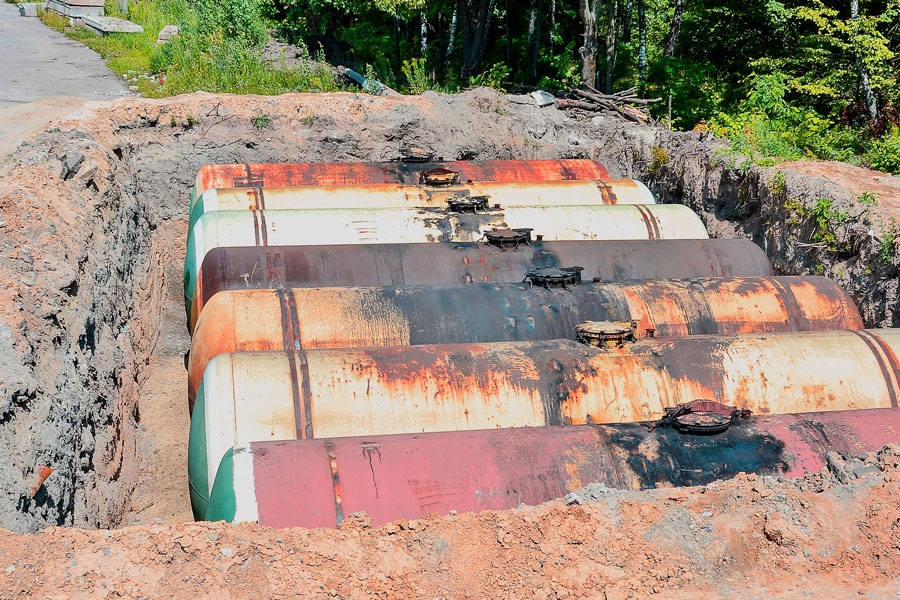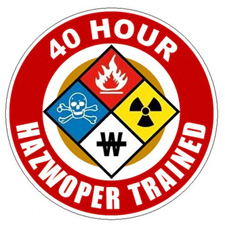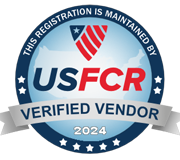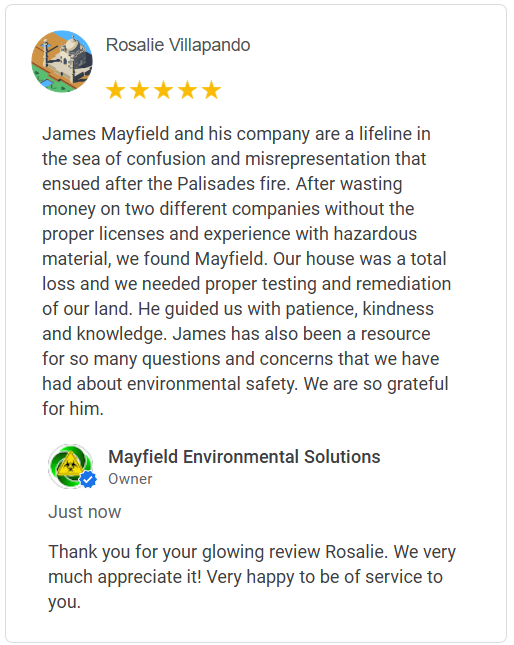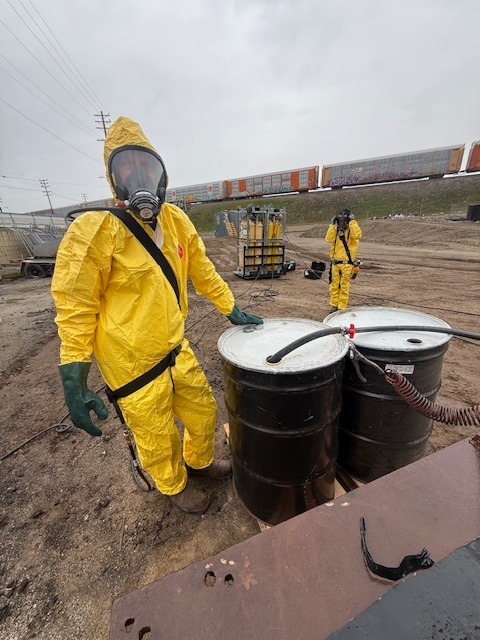
When it comes to hazardous waste management, California leads the nation in regulation stringency. For contractors, understanding and complying with these laws is not just good practice—it’s essential to avoid costly penalties, project delays, and legal liabilities.
This comprehensive guide by Mayfield Environmental Solutions breaks down the complexities of California hazardous waste laws, covering everything from hazardous waste classification and DTSC guidelines to waste manifesting, RCRA compliance, and environmental penalties.
So, how do California regulations affect hazardous waste disposal for contractors? Let’s dive in.
Why California’s Hazardous Waste Laws Are Stricter Than Federal Rules
California follows the Resource Conservation and Recovery Act (RCRA), but with its own, often more rigorous, rules enforced by the Department of Toxic Substances Control (DTSC). Unlike some states that mirror federal EPA standards, California expands definitions and imposes additional compliance requirements.
This means a contractor working in multiple states might face different expectations in California compared to elsewhere.
Understanding Hazardous Waste Classification
One of the most critical first steps for contractor compliance is properly identifying whether a waste is considered hazardous.
Federal vs. California Criteria
- EPA (Federal) Classification: Wastes are considered hazardous if they are ignitable, corrosive, reactive, or toxic.
- California’s Additional Criteria: California adds criteria like persistence, bioaccumulation, and acute toxicity. Even certain wastes not classified as hazardous by the EPA may be under California law.
Key Tip:
Use both federal and state definitions during waste profiling. If it’s hazardous under either law, treat it as such in California.
Who Regulates Hazardous Waste in California?
The main regulatory body is the Department of Toxic Substances Control (DTSC), though you may also need to interact with:
- CalEPA (California Environmental Protection Agency)
- Local Certified Unified Program Agencies (CUPAs)
- U.S. Environmental Protection Agency (EPA) for federal-level compliance
Each may require different filings, permits, or notifications depending on your project and location.
Hazardous Material Storage Requirements for Contractors
Improper storage of hazardous waste is one of the most common violations. California’s DTSC enforces specific requirements regarding:
- Container labeling
- Secondary containment
- Storage duration (90-day rule or less for most generators)
- Compatibility of stored materials
Additionally, emergency response plans and spill kits are required for any site storing hazardous waste.
Best Practice:
Label every container clearly with the accumulation start date, waste description, and appropriate hazard symbols.
Manifesting and Transporting Hazardous Waste
The Uniform Hazardous Waste Manifest System tracks waste from generation to final disposal. Contractors must:
- Use a registered transporter with a valid California EPA ID.
- Complete the manifest accurately—errors can lead to significant fines.
- Keep manifest records for at least three years.
California also requires electronic manifesting through EPA’s e-Manifest system, which became mandatory for most shipments in 2018.
RCRA Compliance in the California Context
The Resource Conservation and Recovery Act (RCRA) sets minimum national standards, but California adds several layers:
- More stringent thresholds for waste classification
- Lower generator quantity thresholds (you may be classified as a Large Quantity Generator with less waste than federally defined)
- Additional employee training requirements
Contractor Tip:
Even if your project only generates small amounts of waste, California might classify you as a Large Quantity Generator (LQG), requiring additional reporting and storage controls.
Disposal Methods and Approved Facilities
Only DTSC-permitted hazardous waste treatment, storage, and disposal facilities (TSDFs) can accept hazardous waste. Options include:
- On-site treatment (if permitted)
- Off-site recycling
- Land disposal (as a last resort)
You cannot dispose of hazardous waste in regular landfills or down the drain—ever.
Consequences of Non-Compliance
California imposes some of the highest environmental penalties in the country, including:
- Civil penalties up to $70,000 per violation per day
- Criminal charges for willful violations
- Stop-work orders or license suspension
- Reputational damage and lost contracts
For contractors, this risk makes robust compliance procedures non-negotiable.
Contractor Compliance Checklist for Hazardous Waste Disposal
Use this quick-reference checklist to ensure your hazardous waste practices are compliant:
✅ Waste characterization and classification complete
✅ EPA and CA generator ID numbers secured
✅ Properly labeled containers with secondary containment
✅ Storage time limits monitored
✅ Registered transporters and e-Manifest usage
✅ Annual reporting and recordkeeping
✅ Employee training records maintained
✅ Emergency response plan on-site
✅ Proper disposal facility confirmed
How Mayfield Environmental Solutions Can Help
At Mayfield Environmental Solutions, we specialize in helping contractors understand and comply with the complex landscape of hazardous waste disposal in California.
Our team offers:
- Site assessments
- Waste stream classification
- Manifest assistance
- Emergency response training
- Regulatory reporting support
- Guidance on DTSC inspections
Let us help you stay compliant while staying focused on what you do best—building and managing successful projects.
California’s hazardous waste laws demand attention to detail, consistent documentation, and an ongoing commitment to environmental compliance. Contractors who stay informed and prepared will not only avoid penalties—they’ll also gain trust, secure more contracts, and support sustainable practices.By partnering with experts like Mayfield Environmental Solutions, you can ensure your hazardous waste processes are safe, legal, and efficient. If you’re unsure about any aspect of your responsibilities, don’t wait for an audit or violation—reach out for a consultation today.
Frequently Asked Questions
What types of waste are considered hazardous in California?
In addition to federally defined hazardous waste, California includes materials that are persistent, bioaccumulative, or acutely toxic—even if they don’t fall under EPA definitions.
What is a waste manifest and who needs it?
A hazardous waste manifest is a tracking document required for the transport of hazardous waste. Any contractor generating hazardous waste must use it to ensure cradle-to-grave accountability.
What happens if a contractor fails to comply with hazardous waste laws?
Non-compliance can result in severe fines, legal action, license revocation, and project shutdowns.
Can small construction sites be regulated under hazardous waste laws?
Yes. Even small amounts of certain chemicals or debris can trigger hazardous waste generator requirements.




